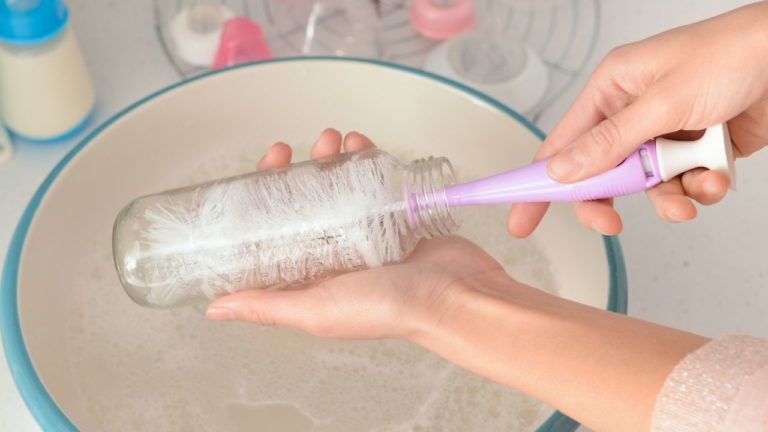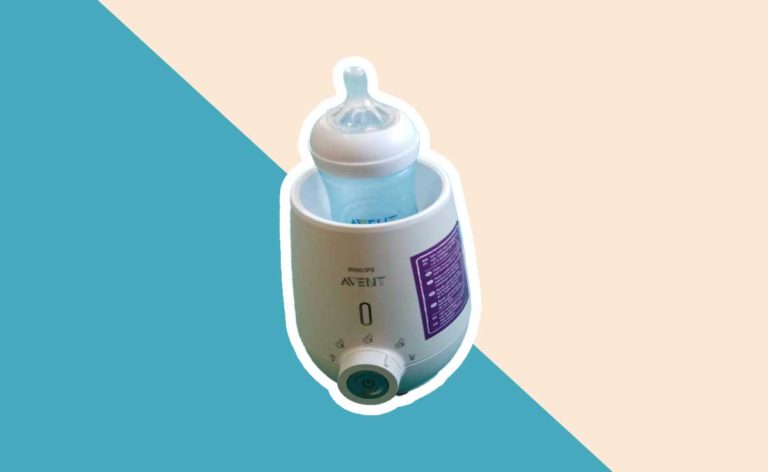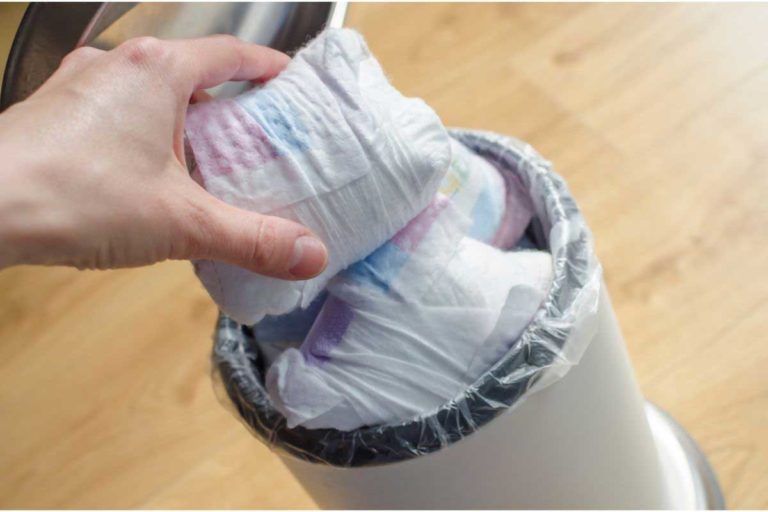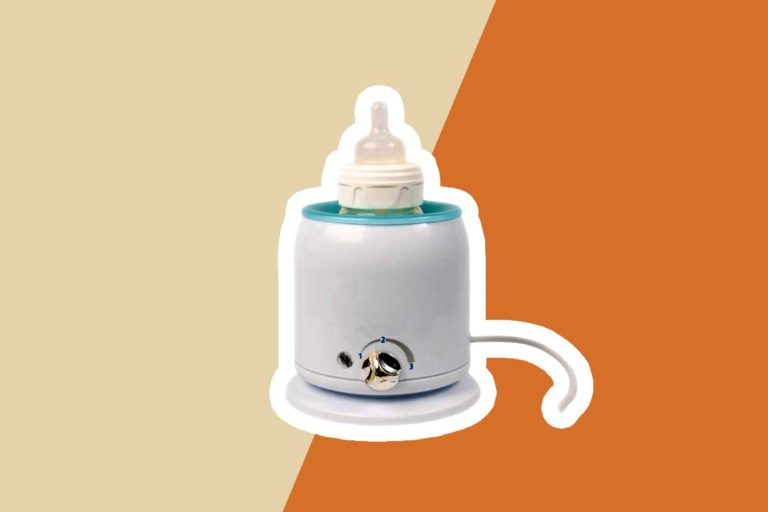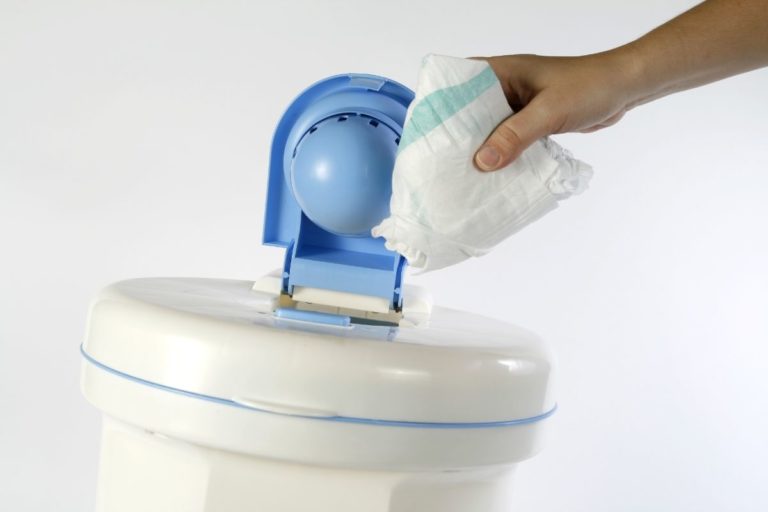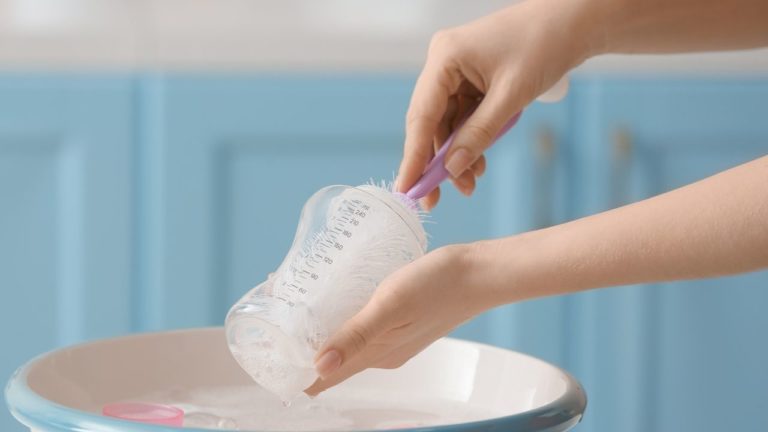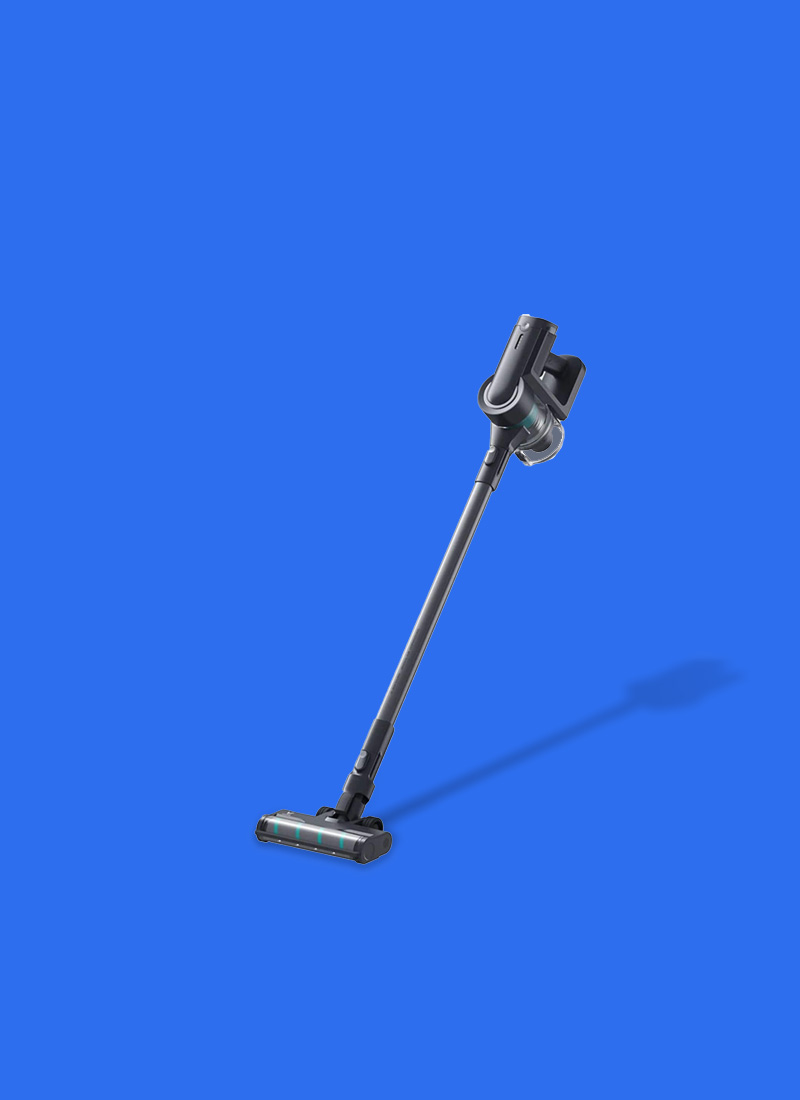ⓘ We are reader-supported and may earn a small commission at no additional cost to you if a purchase is made through one of our links.
When you have a baby, there’s suddenly a long list of things people say that you must have. And this includes bottle sterilisers. But with the tons of baby stuff and appliances that you already have, you may start to wonder if you really need to buy one. So to help you decide and figure out whether or not this gadget is worth your precious counter space and hard-earned money, here’s everything you need to know about bottle sterilisers.
In this article, we will be covering the following topics:
Overview
As a parent, keeping your baby safe and healthy is likely your top priority. However, when they start putting anything and everything in their mouths or formula-feeding, the task becomes harder. Germs can spread from surfaces to your little one’s bottles, nipples, teethers, toys, and pacifiers without you knowing. When not properly cleaned or when handled with unclean hands, these baby items can also turn into breeding grounds for various germs and bacteria. This can lead to serious illnesses, including hepatitis, rotavirus, and food poisoning.
According to a study, “bottles are important transmission routes for enteric pathogens due to inappropriate disinfection practices.” And repeated exposure to enteric pathogens during infancy can lead to growth stunting. Another research states that “continued consumption of feeds from dirty bottles and poor hygienic practices can cause children to develop recurrent attacks of diarrhoeal diseases, which could affect their nutritional status.”
Since baby bottles pose a potential source of contamination, how can you keep your little one’s toys, pacifiers, teethers, and feeding equipment as germ-free, clean, and as safe as possible? Well, you can sterilise. Sterilisation can remove all microorganisms, including germs and bacteria. It is an added step that can provide your child with extra protection against illnesses.
There are a few ways to go about this, but the easiest and most convenient is with a bottle steriliser.
What is a Bottle Steriliser?
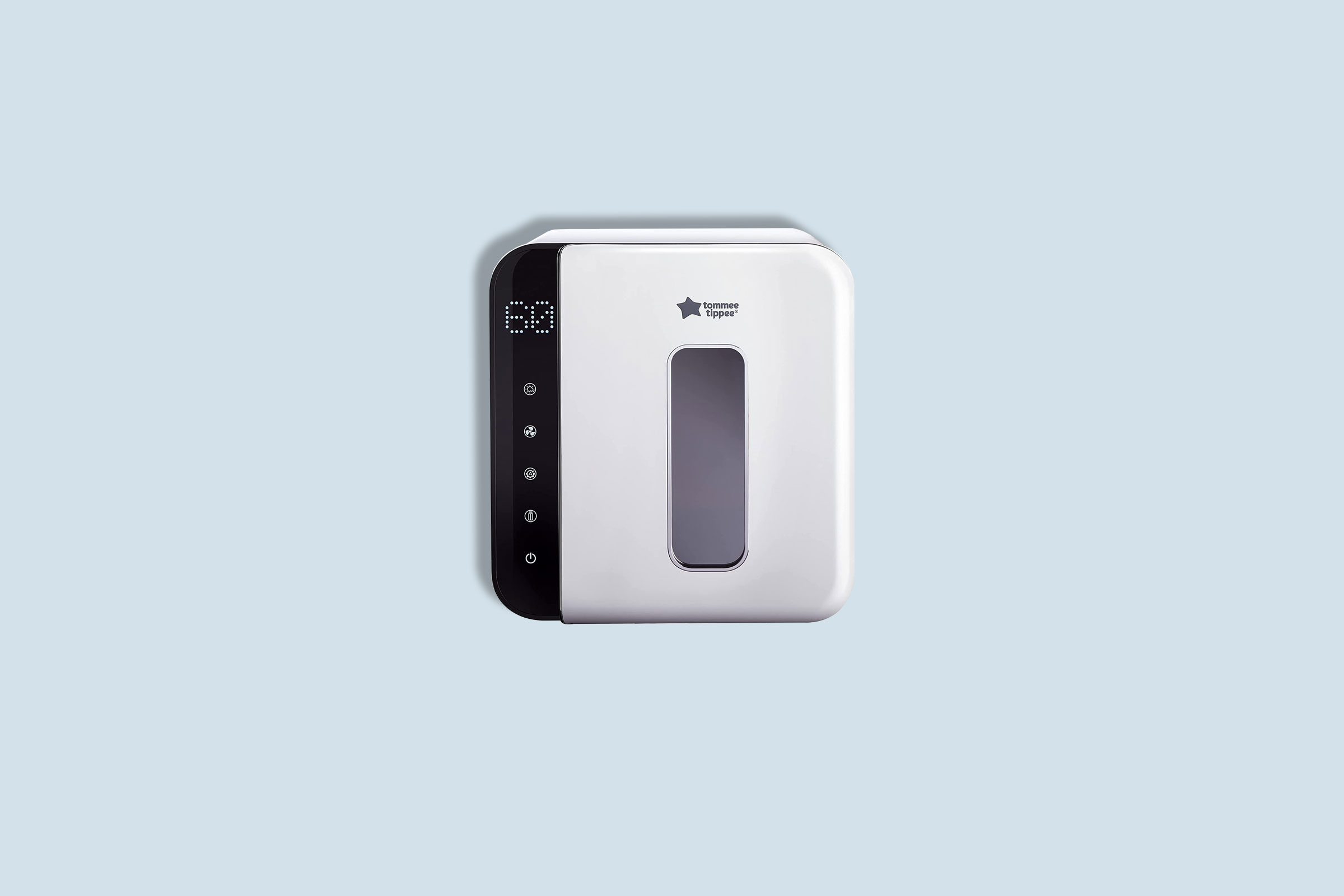
Bottle sterilisers are machines that can eliminate up to 99.99% of germs and harmful bacteria from feeding equipment, including bottles, teats, nipple rings, and caps. They can also be used for other small items such as dummies or pacifiers and teethers. If you have introduced solids to your baby, you can use them to sterilise bowls and spoons as well.
There are different types of bottle sterilisers. The most common ones are called steam sterilisers and they run on electricity and heat water to produce steam, trapping it until its temperature is high enough to kill bacteria. There are also microwave steam sterilisers, which are similar to steam sterilisers but require being placed in the microwave oven. Some sterilisers use UV light as well to break down the DNA of germs at the molecular level.
What Do Experts Say?
Just like parents, experts have different opinions about bottle sterilisers as well. For instance, Dr. Samira Armin of the Texas Children’s Hospital says that sterilisation is not necessary for healthy infants who have strong immune systems and have access to clean water sources. KidsHealth also states that you don’t need to sterilize baby bottles and supplies every time you feed your little one.
In contrast, however, Dr. Jim Gray from the Birmingham Children’s Hospital says sterilising baby feeding equipment can help protect your baby and prevent infections like acute sickness and diarrhea. The health departments of the NSW government and Queensland also recommend sterilising baby bottles, teats, and dummies until children are one year old to stop germs from making them sick. Raising Children agrees that it is important to sterilise equipment until your baby is 12 months old since their immune system is not strong enough to fight some infections.
According to the Centers for Disease Control and Prevention (CDC), sanitizing feeding items at least once a day can further remove germs and provide extra protection. For babies younger than 3 months, born prematurely, or have a weakened immune system, this step is very important. On the other hand, the CDC states that daily sanitising feeding equipment is not needed for older and healthier babies as long as such items are cleaned carefully after each use.
If you’re interested in buying a bottle steriliser then check out our round here.
Alternatives to Bottle Steriliser
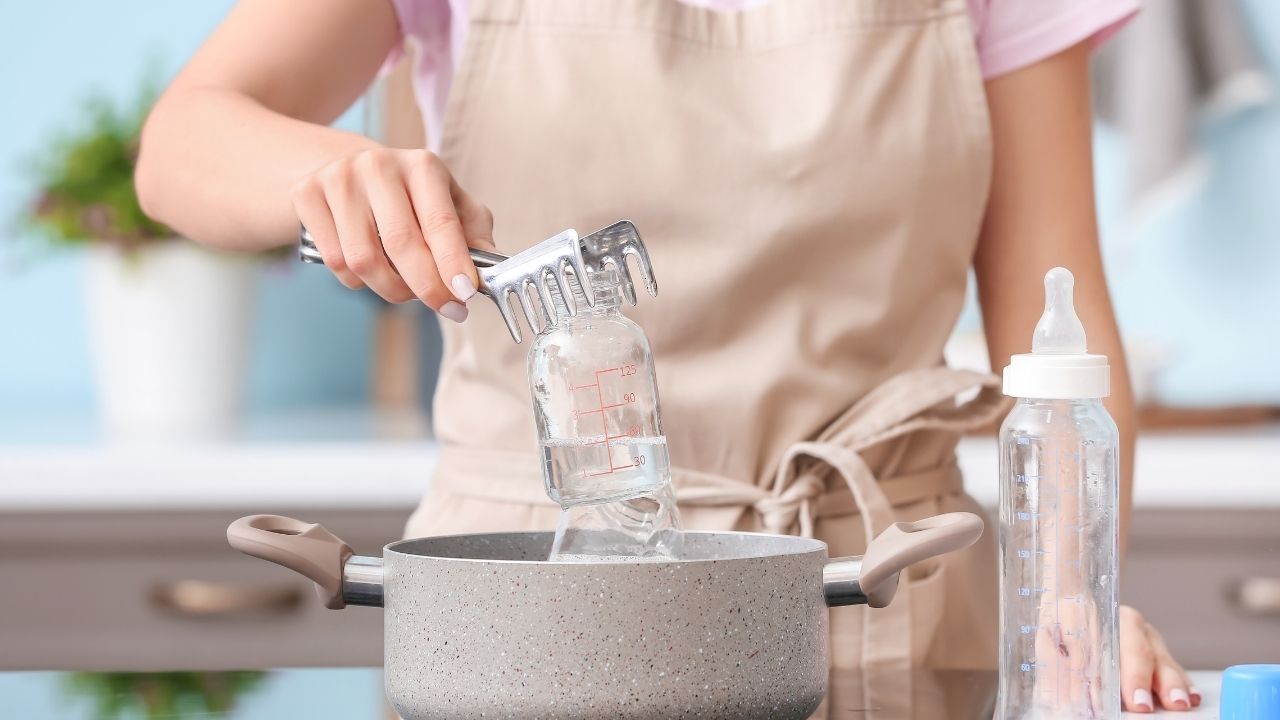
There are other ways to sterilise bottles and other baby equipment, including the following:
Boiling
This is the simplest way to sterilise your child’s bottle-feeding equipment. Here’s how to do it:
- Place washed and cleaned bottle-feeding equipment in a large pot and fill it with water until everything is covered.
- Put the pot on the stove and bring it to a boil. Keep it boiling for five minutes.
- Let everything cool until you can take out the equipment with tongs or with your clean hands without scalding yourself.
- Shake off excess water and store. There’s no need to dry the items.
Chemical
You can buy antibacterial solutions or tablets at the supermarket or chemist to disinfect your baby’s feeding equipment or teethers. These are types of bleach that are diluted with water, so it’s strong enough to kill bacteria yet perfectly safe for your baby. Just make sure to follow the instructions on the packet carefully when you are making up the solution.
Here’s how to sterilise bottles using the chemical method:
- Make the solution as per the manufacturer’s instructions. Keep in mind that you’ll need the right strength to make sure it is effective.
- Submerge the washed bottles and all their parts.
- Leave it until the recommended time.
- Using tongs, remove the items from the solution and shake it before storing them. There is no need to rinse or dry the equipment.
Here’s a more comprehensive guide on how to sterilize your baby’s bottle.
Benefits of a Bottle Steriliser
Using a bottle steriliser has lots of advantages over other methods of sterilization. Here are a few:
- Storage Space: Some products offer a clean and safe space for storing your baby bottles and accessories, keeping them sterile for up to 24 hours.
- Convenience: Bottle sterilisers are more convenient. You don’t have to prepare a solution or take out a big pot, which you’ll eventually have to wash and clean up after. Aside from bottles, they can also be used to sterilise spoons, bowls, teethers, dummies, and pump parts.
- Ease: With a bottle steriliser, all you’ll need to do is put your baby’s clean items into the unit, add water, and switch on. It will then turn itself off when the job is done. Unlike boiling, there’s no need to wait and keep an eye on it.
- Reliable: Bottle sterilisers are very effective in killing germs. They are designed to reach the right temperature, which is at least 90 degrees Celsius (195 degrees Fahrenheit), every single time.
Conclusion
Sterilizing your child’s bottles and other items can provide the extra protection your baby needs against germs and bacteria. It is an important process that you will need to do until your child is 12 months old as it will allow your little one to slowly develop immunity. That said, there are a couple of ways to sterilise your baby’s stuff. Aside from a bottle steriliser, you can boil or use chemicals. These are cheaper methods that won’t take up precious counter space in your home.
However, if you are looking for ways to regularly sterilise bottles and other baby items either because you’ll be pumping frequently, your baby is premature, has a compromised immune system, or your doctor recommended it, then bottle sterilisers are your best way to go. Offering more convenience, ease, and reliability, these devices can make parenting a little bit easier. And with its efficiency and effectiveness to kill germs, you’d have one less thing to worry about. So do you really need a bottle steriliser? Well, not necessarily. But it is sure great to have.

